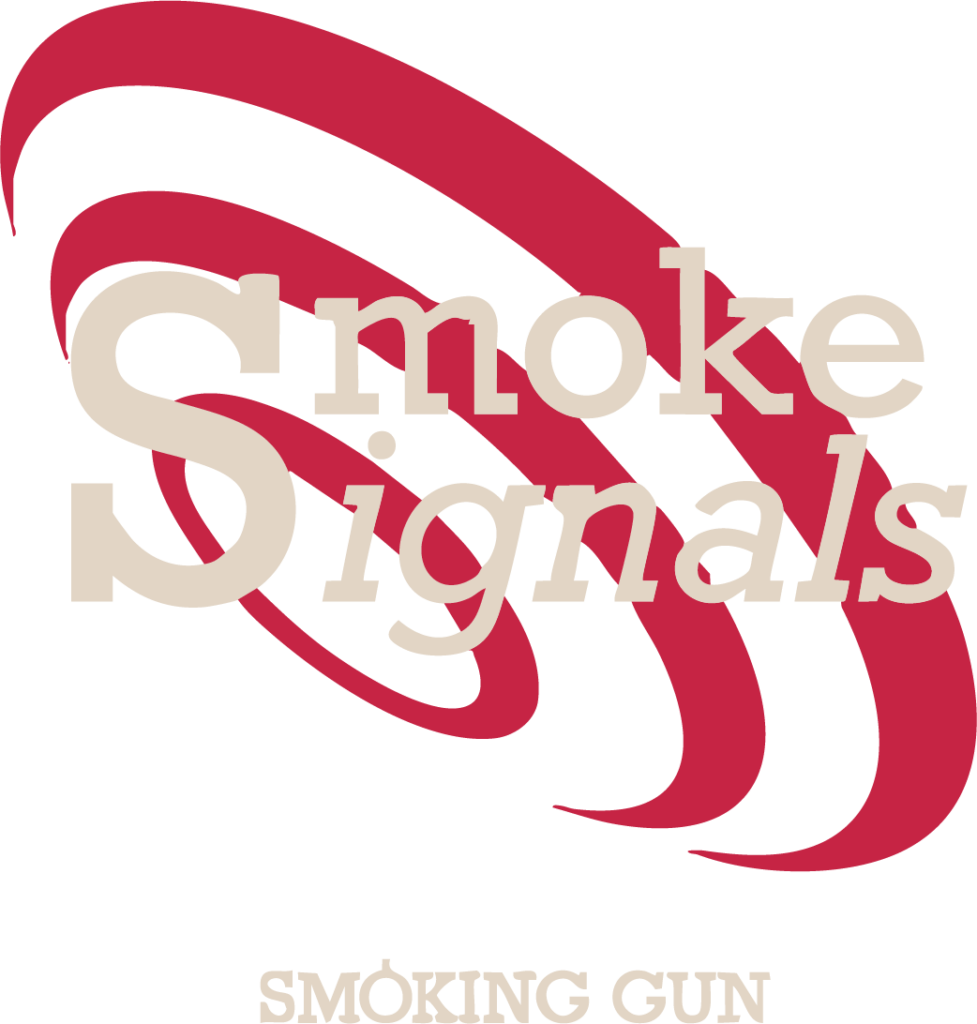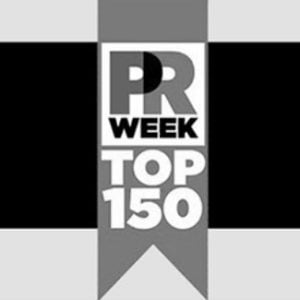
As Facebook continues to create challenges for brands with its ever-leaner organic reach, and concerns over privacy and offensive content on the platform grow, the other big social network is enjoying something of a renaissance.
Last month we blogged on recent figures that suggest Twitter is fast-becoming the most important social media outlet for publishers. Traffic referrals to brand websites and engagement levels are up, and the significance of the network when it comes to breaking news and current affairs has never been greater.
One look @POTUS— AKA President of the United States— is enough to prove just how much the world listens when someone tweets. Especially if that someone is Donald Trump.
But just as most companies grasp how important Twitter is to their digital PR and marketing, the majority of companies are still not using Twitter for business properly. In turn,bh this stops them getting the best results from time spent spreading message and content via the little blue bird.
What follows is a fool-proof guide to making the most out of your accounts; our advice is to bookmark until each becomes second nature.
We all need a purpose
You’re more than likely trying to engage, inform or make a statement with your tweets, and each comes with a slightly different justification. The purpose of driving engagement and re-tweets is pretty much self-explanatory— more often than not the goals are boosting brand name, and garnering inbound traffic to the company website.
When it comes to informing, you should be thinking about information that will help position the company as a leading and reliable industry expert. In contrast, the purpose of simply making a statement may not be so obvious, but it should be. Every statement must convey brand message and values.
280 all day, because less is not more
Twitter upped its character count last year, switching the old 140-limit to a more generous 280. This means much more room for information, and the impact has been notable.
According to SocialFlow, tweets that make the most of this larger capacity are generating more engagement than the old, shorter versions, although it’s important not to desperately fill the space with irrelevant copy— whether using Twitter for business or pleasure, the platform’s brevity has always demanded cutting to the chase, just make that chase is more expansive.

Well, OK, less is more when it comes to URLs
The vast majority of brand output on Twitter is going to be directing the audience to more substantial content than the network can host— a blog post, webpage or similar. This means you need to include a link in the tweet.
A standard URL link is going to be long, unwieldy and rather unsightly, though. Shorten this to a Tiny URL using one of many free converters, many of which also offer free analytics on the performance of that link, which is great for measurement and evaluation.
Hashtags
One of the main mistakes we see when it comes to using Twitter for business involves hashtags, and people not really understanding how to use them. Each social network has a checklist for hashtag best practice. For Twitter this can be loosely summarised as follows:
#Hashtags should be focussed on the topic of conversation, not directly describing the content
#Whether creating a new hashtag or piggybacking on one that already exists you must add value to the overall conversation
#Two hashtags per tweet is the ideal number
#Avoid overly long hashtags— people don’t want to type that many characters

#Brand hashtags are fine, but should not directly mention the company name; instead try and make them represent what the brand stands for
#The more specific the better— if you’re trying to promote Barbados as a destination, try something like #beachlife or #CaribbeanCalling, rather than simply #travel.
#Use hashtag analytics to get an idea of what words are trending that relate to your industry- TweetReach is a great free option.
A picture tells 313% more than words
According to research by Twitter, tweets that include images can generate up to 313% more engagement than text-only. Given the whole idea of using the network is to leverage engagement you’d best start thinking visually, especially as photos and videos no longer count towards the overall character limit.
Get fit (for purpose)
Search Engine Optimisation principles can, and should, be applied to your Twitter account. Use strong, industry-related keywords in your bio, including hashtags; make sure your handle is simple and doesn’t contain any special characters, and select a tweet that scored high engagement for your ‘pinned’ tweet. And don’t forget the main profile image is a great opportunity to emphasise brand message.

Be thorough
The vast majority of people will open an account to start using Twitter for business and immediately follow the friends, colleagues and contacts they come across. This isn’t nearly enough for business.
Conduct a thorough search using a tool like BuzzSumo to bring up a list of industry experts, influencers and leaders, then follow them. This will also allow you to see the most shared articles on a specific subject, and who wrote the post— make sure you add these people too.
Consider output and timing properly
As a general rule of thumb Twitter is not really designed for direct salesmanship, and you shouldn’t focus a brand’s entire output on your original thoughts and content.
It’s essential to strike the right balance of retweets, comments on other accounts and fresh tweets from your brand. By doing this you’ll be seen as an active part of the community, rather than simply out for your own ends. Timing is also hugely important, and studies have shown that…
#9AM-3PM are peak times for Twitter use
#12PM and 5PM are best for maximising retweets
#B2B content is best posted Monday to Friday
#B2C content is best posted on Wednesdays and over the weekend
Let us know what’s worked for you with Twitter










